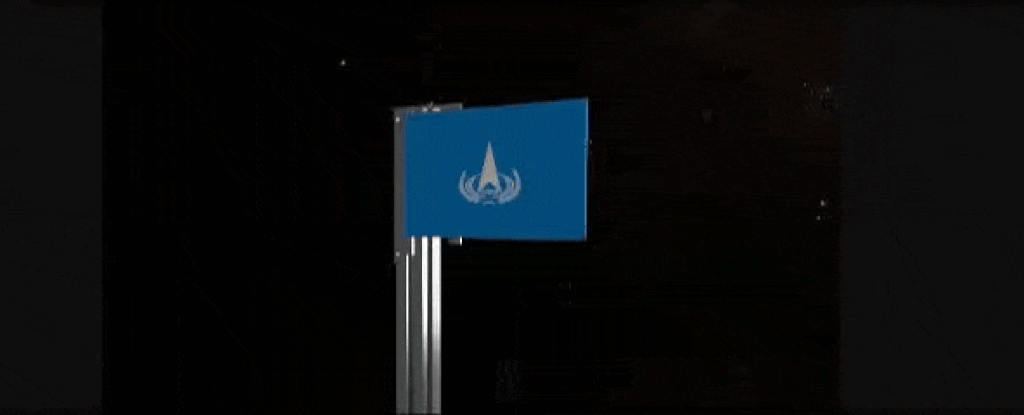Black Hole Jets Seen Forming in Real-Time
A short time ago, astronomers observed a distant supermassive black hole (SMBH) located in a galaxy 270 million light-years away in the constellation Draco. For years, this galaxy (1ES 1927+654) has been the focus of attention because of the Active Galactic Nucleus (AGN) at its core. It all began in 2018 when the SMBH’s X-ray … Continue reading "Black Hole Jets Seen Forming in Real-Time" The post Black Hole Jets Seen Forming in Real-Time appeared first on Universe Today.

A short time ago, astronomers observed a distant supermassive black hole (SMBH) located in a galaxy 270 million light-years away in the constellation Draco. For years, this galaxy (1ES 1927+654) has been the focus of attention because of the Active Galactic Nucleus (AGN) at its core. It all began in 2018 when the SMBH’s X-ray corona mysteriously disappeared, followed by a major outburst in the optical, ultraviolet, and X-ray wavelengths. Astronomers began watching it closely, but what they saw next was completely unexpected!
As we covered in a previous article, much of the excitement was generated by the SMBH’s behavior, which suggested it was consuming a stellar remnant (a white dwarf). In addition, astronomers noted a huge increase in radio emissions and the formation of plasma jets extending from the black hole, which all happened over the course of a year. In a new paper, a team led by the University of Maryland Baltimore County (UMBC) describes how they watched a plasma jet forming in real time, something astronomers have never done before.
The team’s paper, which recently appeared in the Astrophysical Journal Letters, was led by UMBC associate professor Eileen Meyer. She was joined by multiple colleagues from UMBC’s Department of Physics and Astronomy, the Joint Space-Science Institute (JSI), and the Center for Space Science and Technology (CSST). Other members included researchers from the Space Telescope Science Institute (STScI), the Technion Israel Institute of Technology, the Joint Institute for Laboratory Astrophysics (JILA), the Institute for Space Astrophysics and Planetology, and the NASA Goddard Space Flight Center.

Astronomers have observed jets emanating from the poles of several SMBHs in the Universe. Some of these have been shown to accelerate gas and dust particles to close to the speed of light, leading to the term “relativistic jets.” In some cases, astronomers have observed jets extending for thousands or even hundreds of thousands of light-years from their host galaxy. These jets blast material across these distances, and some even trigger the formation of new stars along their paths.
In this case, the jet appeared after a period of variable activity in 1ES 1927+654, where the AGN began consuming more material and becoming 100 times brighter over the course of a few months – a change that normally TAKES thousands or millions of years. After nearly a year of extremely high X-ray emissions, the black hole quieted down again in 2020, only to increase its output again in 2023. At the same time, it began emitting radio waves at 60 times the previous intensity over just a few months, something that has never before been monitored in real time for an SMBH.
Based on radio observations using the Very Large Array (VLA) and Very Large Baseline Array (VLBA), the team obtained high-resolution radio imaging of the SMBH at the center of 1ES 1927+654. These observations clearly showed a pair of plasma jets forming around both poles of the black hole and expanding outward between 2023 and 2024. In recent years, scientists have identified “changing-look AGNs,” supermassive black holes that become far more active at radio frequencies from when they were first observed.
In those instances, astronomers naturally assumed that something must have happened in between since their observations were years or decades apart. This is the first instance where astronomers saw this change happening in real time, thereby offering clues as to how these changes happen. As Meyer said:
“We have very detailed observations of a radio jet ‘turning on’ in real-time, and even more exciting are the VLBI observations, which clearly show these plasma blobs moving out from the black hole. That shows us that this really is an outflow jet of plasma that’s causing the radio flare. It’s not some other process causing increased radio emission. This is a jet moving at likely 20 to 30 percent of the speed of light originating very near a black hole. That’s the exciting thing.”

While these newly-forming jets are relatively small compared to the massive jets observed from some of the most powerful AGNs in the galaxy, they are likely to be more common across the Universe. While the largest jets extend far beyond their host galaxies and last for millions of years, scientists have become aware of smaller, shorter-lived jets – what they call “compact symmetric objects” (CSOs). In this sense, the jets observed in 1ES 1927+654 could represent a unique opportunity to learn more about how these structures form and grow with time.
Similarly, astronomers will keep an eye on this galaxy and its SMBH because of the tidal disruptions that could indicate the presence of a white dwarf that is slowly being consumed. Meyer and his team have also suggested that the appearance of these jets may be associated with “a single ingestion of a star or a gas cloud” and that a single tidal disruption event may be what powers short-term CSOs (for maybe 1,000 years, they venture). Said Meyer:
“We still don’t really understand after all these decades of studying these sources why only a fraction of accreting black holes produce jets and then exactly how they launch them. Until recently we could not literally look into that innermost region to see what’s happening—how the accretion disk surrounding the black hole is interacting with and producing the jet. And so there are still a lot of open questions there.”
While many unanswered questions still exist, several promising models exist for how jets might form. These observations could lead to collaborative efforts with theorists on how to interpret the data so these models can be refined. “There’s a lot of theoretical work to be done to understand what we’ve seen, but the good thing is that we have a massive amount of data,” Meyer says. “We’re going to keep following this source, and it’s going to continue to be exciting.”
Further Reading: UMBC, The Astrophysical Journal Letters
The post Black Hole Jets Seen Forming in Real-Time appeared first on Universe Today.
What's Your Reaction?








































